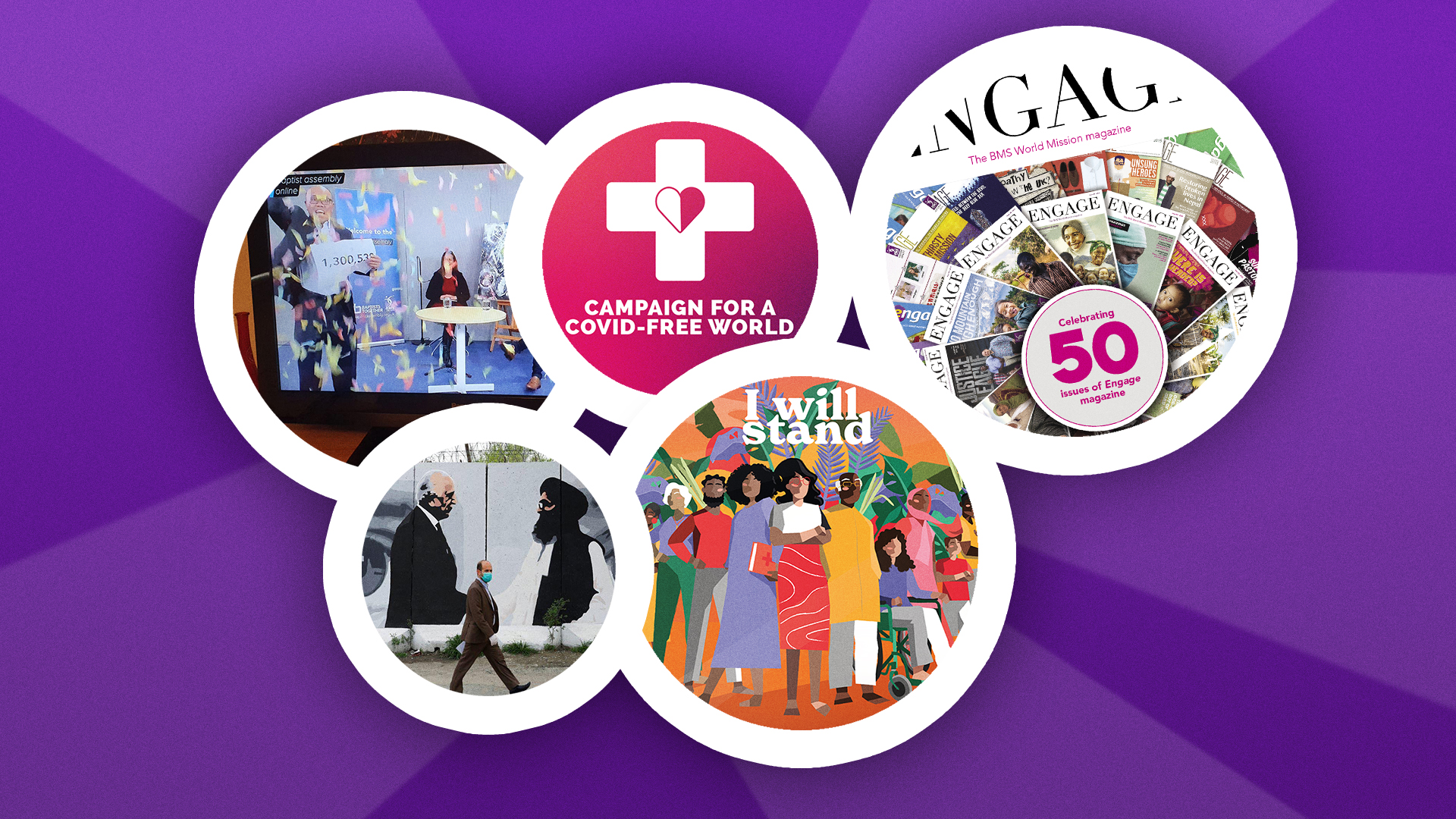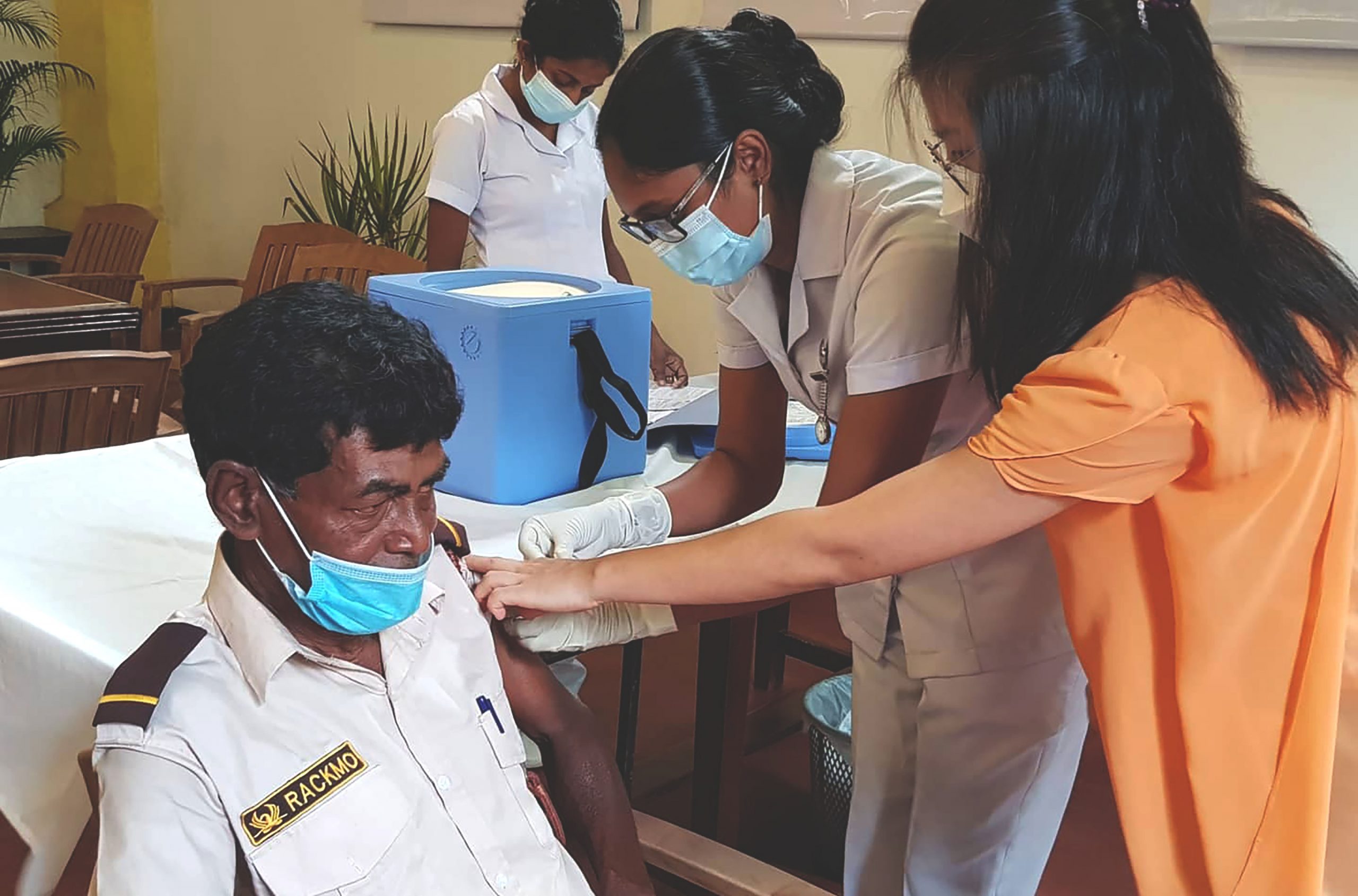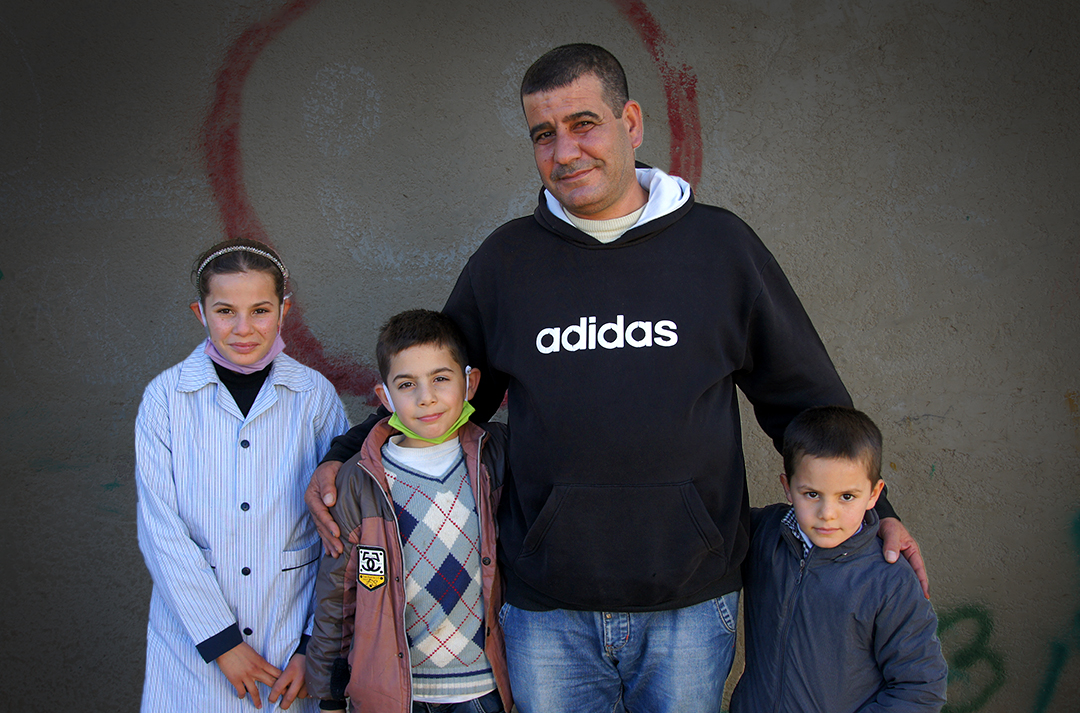Normal wasn't that great to start with
The future of work is now
What the global pandemic and its consequences should teach us about work.
On a single day in April, Microsoft reported 200 million meeting participants on their Teams platform worldwide. Earlier that month, Zoom reported 300 million. The total population of the United Kingdom is 65 million.
For those of us who knew the catchphrases associated with ‘the future of work’ (highly distributed digital job markets, networked supply chains, virtual conferencing yadda yadda data driven decision making, blah blah machine learning, etc etc Artificial Intelligence) the effects of Covid-19 have been doubly shocking.
Most of us thought the future was far away.
And then the pandemic happened, and we scrambled to keep people in jobs, keep companies (and charities) afloat, keep as much of our work going as possible, even as the (physical) floor fell out from under us. And the Future of work felt very much like the Now of work, and normal was no longer our comfortable baseline. All choice for our pace to move into digital workspaces was taken from us.

So, like the very adaptable people we are, we jumped into Microsoft Teams, Zoomed our way through every type of social and work gathering, and tried to carry on collaborating to get tasks done as best we could, all whilst petting dogs, shooing cats, ordering better broadband/laptops/screens/desks and being full-time educators to all our offspring simultaneously.
Workplaces that had never even considered homeworking frantically pushed to open digital doors. People who had previously been actively against allowing people to work from home converted to being Teams champions for their organisations. Others found themselves skilling up to create good online gatherings to replace face-to-face conferences and asynchronous information sharing to replace meetings.
Now, of course, it looks like we’re heading out of our severe lockdowns. And yes, we are oh so tired of Zooming all the time and keeping those myriad digital notifications at bay, so we can be forgiven for being keen to go back to ‘normal’.

But here’s the thing: normal wasn’t great to start with. When it came to work and the humanity of our work, and places we worked together, ‘normal’ was increasingly found lacking. Countless studies racked up how biased our workplaces were, how our working hours disadvantaged carers, and on the flipside how hours-worked often counted far more than our quality of work. The smartest among us never loved how our meetings perpetuated unhelpful stereotypes, and how tedious repetitive tasks swamped our more enjoyable creative problem solving. We worried about how mothers couldn’t catch up to their peers on the leadership ladder, and how fathers missed bath times and dance recitals, and even when those gender roles were reversed it still seemed like we couldn’t get it right. We felt the cry of creation, even as we strapped ourselves into our cars, stepped onto train platforms and presented our passports in the name of business travel. That’s what normal looked like.
And regardless of whether you recognise these fallings-short in your own workplace, that ‘normal’ is never coming back. Not just because of the virus and its effects (although those will remain for some time), but because what people now expect from work has changed. We have hard-won knowledge that it is possible for many of us to work successfully from home at least part of the time, without those soul-destroying commutes. We have seen first-hand how fathers have enjoyed bike rides with their kids while it is still light outside. We have seen that very many of those carbon-guzzling conferences and flights were not in fact mission-critical to getting stuff done, and we had indeed confused need with want as the young activists had told us.

But we’ve also seen how lonely we get without our colleagues; how much we miss the synchronicity of the chance encounter at the watercooler that leads to cross-silo ideas springing to life. We talk about how we long for the coffee moment where we can interact casually without a work question or a justifying transaction that ‘allows’ us to request time in someone’s digital diary of video calls. We saw how easy and detrimental it is to be always-on when you’re never more than one room away from your work space, and how purposeful you have to be to lead and maintain a work-community when you’re not physically co-located.
How many of us struggled with either the long socially awkward silences in normally buzzing all-staff meetings, or the frustration when Kevin forgot to mute his microphone, and Janet never seems to come online and oh she left her Skype status on Away and hasn’t been getting notifications about this urgent problem?
It is getting better, more seamless, more fluid, more ‘natural’ to be together in these multi-person online spaces (unlike your email program, which is a personal space you run in your own unique way). But we are learning about the need for people to be shown the digital ropes about what it takes to work here. We expect to put time aside to orientate our newcomers to our places of work physically, to explain how to get tea and coffee, how to find the bathroom, where we all sit for lunch. And we should not be surprised that people need the same level of orientation to our digital workspaces too… not just how the technology works, but how WE work inside this technology. What WE think about using slang or emojis in our typing; video cameras on or off, animated gifs yes or no; do you jump in with an opinion on a Zoom call, or wait for them to call down the list of participants…
Creating these mixed physical and virtual workspaces (and inevitably the related flexibility on core hours), requires retooling our work culture, our personal work and managerial styles and, in some cases, HR policy. It requires most of all changing what we consider as normal. It may be tempting to think it’s not worth the effort. That would be a mistake. That would be failing to learn the lessons of lockdown.
The forced flexibility that was injected into our normal ‘rules’ of working (both implicit and explicit) kept our organisations afloat in crisis. But the world becomes more complex to predict, and the times of upheaval and danger are not over. What we learn (or fail to learn) from lockdown about what work can and should look like will determine the future (or lack thereof) for most, if not all, of our organisations.

Words: Dianna Langley
Dianna is the Director of Digital Community at NetHope and former Head of Digital Workplace at the Oxfam International Secretariat. She is a judge for the DWG Digital Workplace of the Year awards 2020 and a regular speaker at tech and CIO conferences in the UK and the US. Dianna wrote this article on the future of work for Mission Catalyst, BMS’ magazine for thinking Christians.

Everything has changed, but has it changed enough?

As Covid-19 restrictions lift, it’s not just our workplaces that need to rethink what’s ‘normal’. In the latest issue of Mission Catalyst, our contributors talk about the changes that need to happen in our economy and our health system, what we’ve learnt about lament and inequality, the failings of the media, America’s reaction to the virus, and whether God really is sovereign in it all.
It’s coming soon and it’s a fascinating read! Subscribe now for free to get your copy.
And if you want to read about the very practical ways you’ve been supporting people across the globe during the Coronavirus crisis, make sure you’re signed up to receive Engage, the BMS magazine! It’s also got some absolutely stunning pictures from our brand-new mission worker photo competition, and shares how you can play an important part in life-saving work in Chad.







